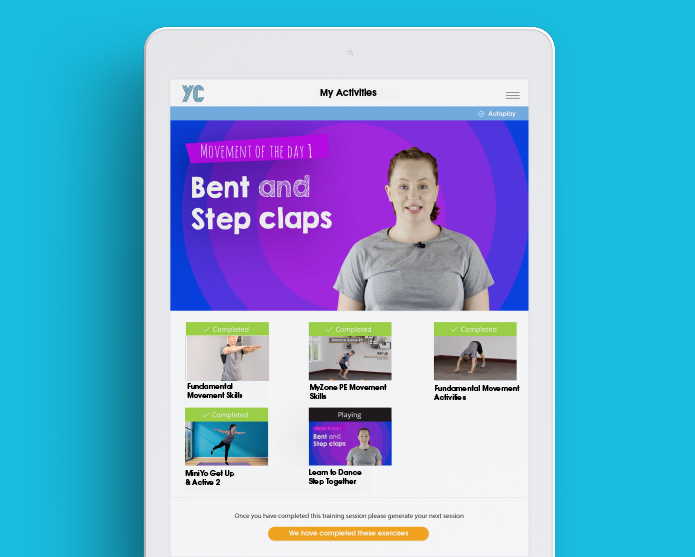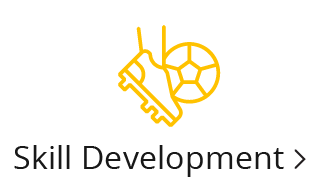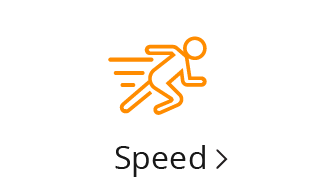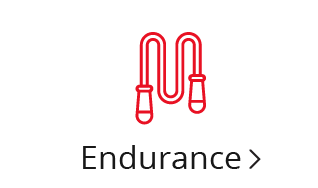Maximum strength can be defined as the maximum amount of force that can be generated within a muscle or group of muscles during a single contraction. This definition is fine, and universally accepted, however, when applying strength training to young athletes we should view strength as a skill too.
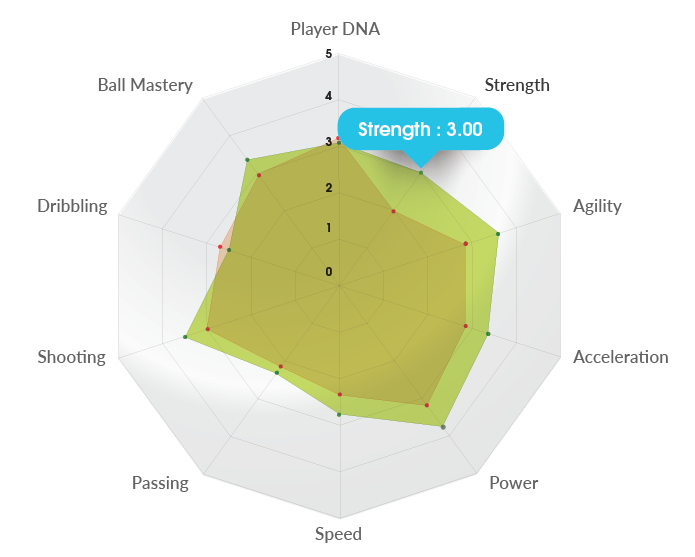
All movements require a level of strength or force production, from walking, running, jumping, dancing and specific sporting skills. Pre-peak height velocity, as young athletes do not have the relative hormonal production to increase muscle mass, the body goes through a period of learning on how to generate strength/force via the nervous recruiting and organising muscle fibres. This is collectively known as neuromuscular and neuromuscular adaptations. The essential neuromuscular adaptations can be driven by playing and experiencing different movements.
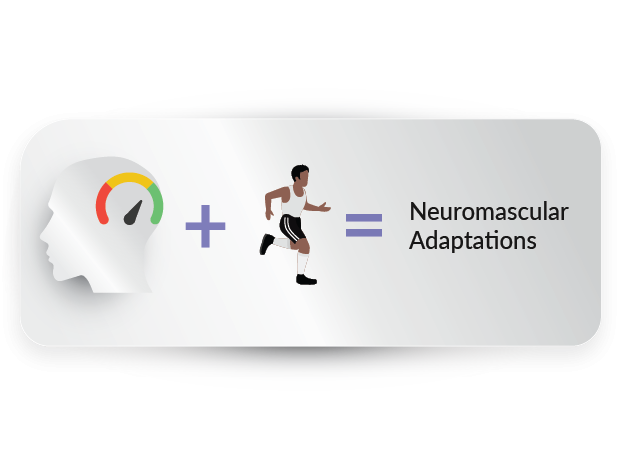
From understanding neuromuscular adaptations, a spectrum of learning strength skills can be applied. From pre-peak height velocity, most adaptations will be from the nervous system recruiting, organising and changing firing patterns to generate strength. As the young athletes learn and develops (through post-peak height velocity) the body requires a new level of training to further develop strength, therefore post-peak height velocity the training becomes slightly more complex, adding external resistance as this stimulates further neuromuscular adaptations allow with specific hormones to help the nervous generate force/strength levels.
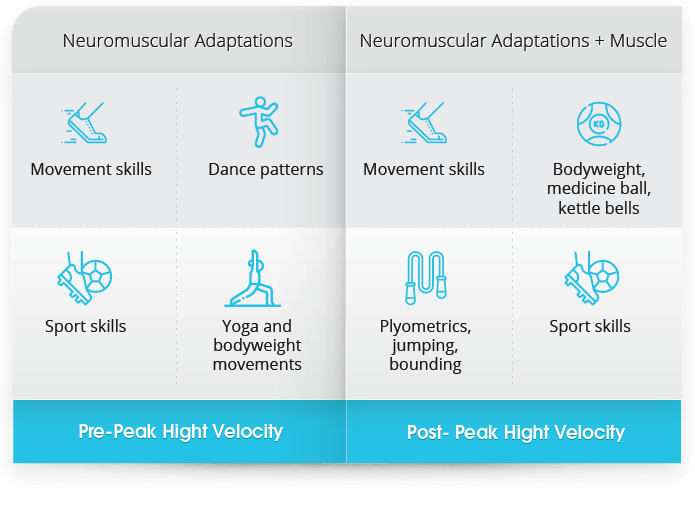
It is extremely common for young athletes to use their sport also as their training. Remember, that a long-term athletic development programme is developing young athletes over a relatively long period of time, and it’s the accumulation of training which is arguable the most important factor (sometimes referred to as training age). Research has shown that if strength training in young athletes stops, the young athlete’s strength levels start to decline, even if the young athlete continues playing their sport.
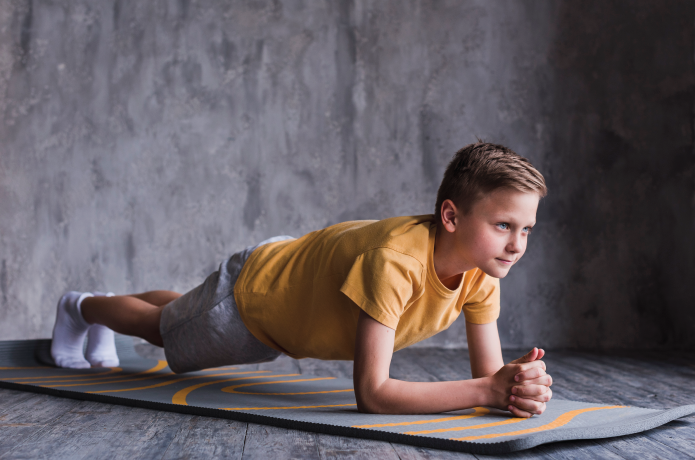
As strength training is mostly due to neuromuscular adaptations within young athletes, the importance of variation in activities and drills cannot be overemphasised. To allow each young athlete to explore different activities, each young athlete receives a playlist of activities relative to their development. Early on, pre-peak height velocity, the activities are based on the movement skills, learning dance patterns, bodyweight and yoga-type postures.
As the young athlete develops, the movements become more complex, and evolves into a family of jumping and bounding drills, known as plyometrics and various resistance activities with medicine balls, kettle bells and dumbbells.
Next section... Becoming More Powerful
